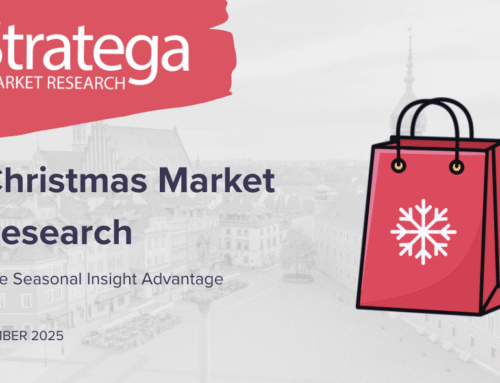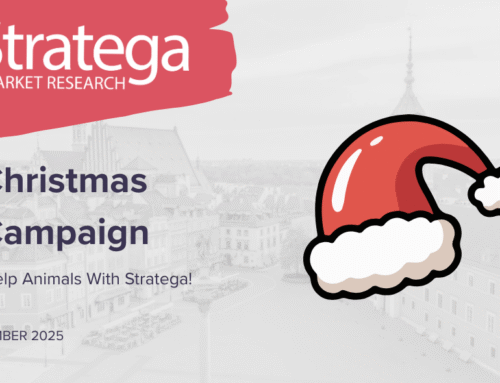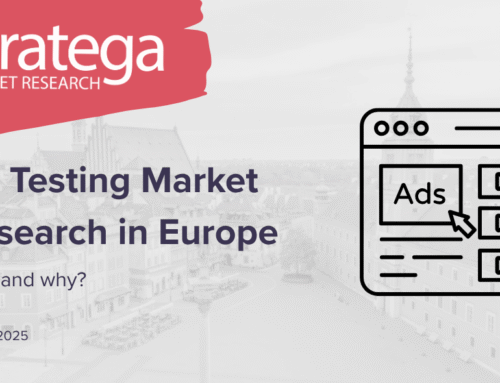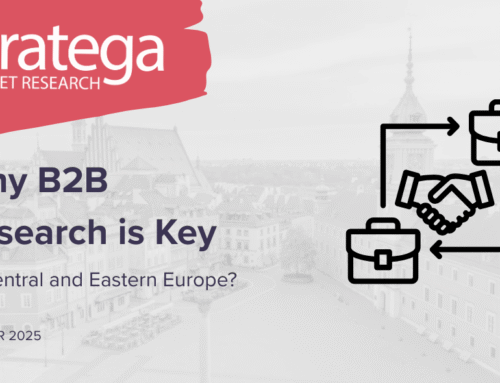The e-commerce market in Poland has grown into one of the most active digital retail sectors in Central and Eastern Europe. The shift has been quick, steady, and shaped by changing habits, better technology, and rising expectations for convenience. What once felt like a small corner of the retail world is now a strong and competitive environment where global and local brands meet.
Poland’s digital growth is not just about more online orders. It reflects a larger change in how people search for products, compare options, and decide what to buy. The market shows how quickly shoppers adapt when the right tools and services become available.
How Did Online Shopping Develop in Poland?
Online retail in Poland began quietly. Early marketplaces helped consumers feel safe, but people still preferred traditional stores. Delivery took longer, and online payments lacked the speed and flexibility seen today. Trust took time to build.
As internet access improved and mobile phones became common, online shopping started to feel easier. More advanced payment options appeared.
Delivery companies modernized their services. According to Statista, more people are shopping online each year. This shows how comfortable people are with buying online.
The pandemic turned this slow shift into a rapid transformation – shopping habits changed overnight. Orders moved online, and these patterns continued even after stores reopened. Many people simply discovered a faster, more practical way to buy what they needed.
Parcel lockers played a huge role in this change. Their wide presence across cities, towns, and even small villages made collecting packages simple. This system helped shape a new standard for delivery convenience and encouraged more frequent online purchases.
What Shapes the Polish E-Commerce Landscape Today?
Today’s online market in Poland is a mix of large platforms, smaller niche stores, and new direct-to-consumer brands. Allegro remains the main marketplace, but Amazon and Zalando have expanded their presence. Specialist retailers selling eco-friendly products, premium cosmetics, sports gear, or home décor have also seen strong demand.
Delivery expectations are high. Customers look for fast shipping, precise tracking, and the flexibility to choose how and when they receive orders. Parcel lockers are available all the time, and they help meet these needs and reduce the stress of waiting for a courier.
Mobile shopping continues to grow. Many buyers browse, compare, and purchase using their phones. Clear product descriptions, easy checkout steps, and strong visuals are essential for retailers. These elements help attract and keep customers.
Poland’s payment systems support this smooth experience. BLIK, for example, allows quick and secure payments without a card. Digital wallets and fast bank transfers also fit well with shoppers who prefer instant transactions.
While Polish customers often look for good prices, they also value dependability. Brands that deliver on promises, respond quickly, and offer easy returns usually see loyalty increase over time. For global brands entering the country, this mix of price awareness and trust makes the market more predictable and easier to navigate.
What Forces Continue to Change the Market?
Several forces contribute to the ongoing evolution of the e-commerce market in Poland. Technology has expanded fast, giving consumers wide access to the digital world. Reliable internet, strong mobile networks, and modern devices support this growth.
Logistics innovation has also played a major role. Faster delivery options, expanded courier networks, and improved warehousing help retailers meet rising expectations. Poland’s parcel locker network – now one of the largest in Europe, has become a defining feature of the market.
Consumer behavior has also matured. The pandemic encouraged people to try digital channels, and many discovered a more efficient way to shop. Strategy & PwC says that habits formed during this time are important. These habits include online research and flexible delivery options – they still influence buying decisions.
International competition pushed local companies to improve their services. Better product availability, faster shipping, and clearer communication became standard practices. This raised the market’s overall quality and encouraged innovation.
Support from EU programs and national initiatives helped smaller businesses modernize. Better software, upgraded tools, and improved digital skills helped retailers join the online economy more confidently and competitively.
What Opportunities Does Poland Offer to International Brands?
Poland is a growing destination for international brands looking to expand in Europe.
Trade.gov notes that consumers often have a strong interest in foreign products. This is especially true when these products are high quality, well-designed, or sustainable. Categories like natural beauty products, electronics, premium food items, and baby goods often perform well among buyers who enjoy exploring new options.
Cross-border delivery works smoothly in Poland. Customers accept international shipments when delivery is predictable and returns are simple. Many global companies choose to store goods in Poland or nearby countries to speed up delivery and reduce costs.
Direct-to-consumer models also work well. Clear communication, reliable service, and distinctive branding help new entries gain trust. Social media has a major influence, with many Polish shoppers discovering products through short videos, reviews, and creator recommendations.
Subscription services are becoming popular in categories where repeat purchases are natural. Cosmetics, supplements, and pet products are good examples. Customers appreciate having essentials delivered automatically without extra effort.
Localization remains essential. Brands that adapt their messaging, pricing, and service to the local context perform better. Using research support helps companies understand the nuances of the Polish consumer and build more effective strategies.
Marketplaces offer a simple entry point for global sellers. Listing products on Allegro helps brands test demand. It also builds visibility and gathers early feedback. This is useful before they invest in a full regional strategy.
Why Does the Market Keep Growing?
The e-commerce market in Poland keeps growing. It adapts quickly to changing consumer needs.
Traditional stores increasingly offer omnichannel experiences. Customers can order online and collect in store, or check products in person and have them delivered later. This mix creates smoother, more personal buying journeys.
Sustainability is gaining attention. Many shoppers want brands to use responsible packaging and prove where their products come from. Companies that communicate these values clearly often stand out in competitive categories.
New technologies support growth as well. AI-driven tools help retailers show the right products at the right time. Better recommendations, more accurate search results, and personalized offers help customers make decisions faster.
Social commerce continues to influence buying behavior. Short-form videos, live demonstrations, and online reviews create trust and encourage quick purchases. Polish consumers, especially younger groups, respond strongly to this type of content.
Improved European logistics also support long-term growth. Faster regional shipping, strong transport links, and clear regulations make Poland an attractive hub for companies expanding into Central and Eastern Europe.
What Comes Next for Online Retail in Poland?
The future of the e-commerce market in Poland looks promising. The market is shaped by young digital users, strong logistics, and high expectations for service quality. As technology improves, shoppers will continue to expect faster, simpler, and more transparent buying experiences.
International brands entering the market will find a space that rewards clear value, reliable delivery, and customer-focused communication. With its central location and growing digital culture, Poland offers a strong base for long-term expansion in the region.
Retailers that understand consumer needs, invest in service quality, and remain flexible will find Poland a strategic and rewarding market for the years ahead.
Want Local Insight You Can Trust?
If you’re planning market research in CEE, don’t rely on assumptions. Rely on a team that knows the markets firsthand. At Stratega CEE, our approach is personal, precise, and proven.
Learn more about our Market Research Services CEE and let’s explore how we can support your growth in the region.





